While we were in Mariehamn, Mia Åkerfelt, a PhD who specialises in the
history of architecture, conducted a walking tour showing off the
history of the town. Images follow:
cc-by-sa on
everything.
I should disclaim: this is based on my notes from Dr Åkerfelt's
explanations, and any errors are my own.
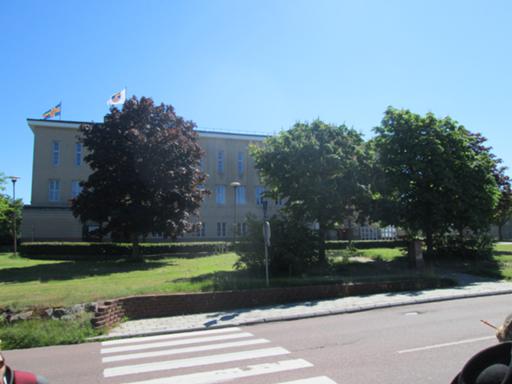
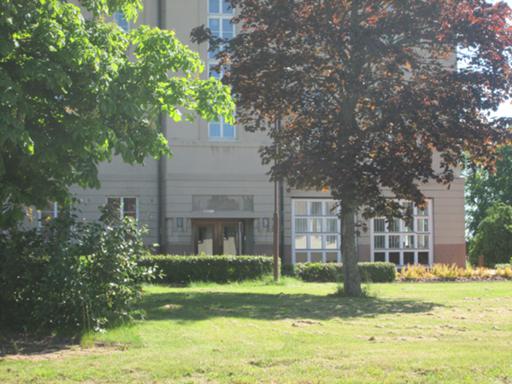
Town hall (1939, designed by Lars Sonck).
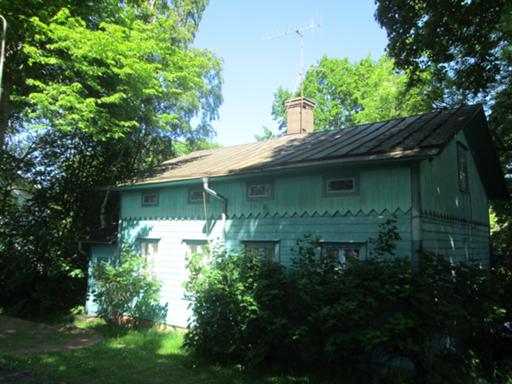
A typical early house, in the Ålands farmhouse style. Originally,
Mariehamn was to be a big expensive settlement: stone houses only! But
nobody wanted to pay that much, so eventually this constraint was
relaxed. This farmhouse style has four or five rooms, all of them in
contact with the central hearth and chimney, and attics above. Rooms
have to be multi-purpose, of course, with beds put away during the
day.
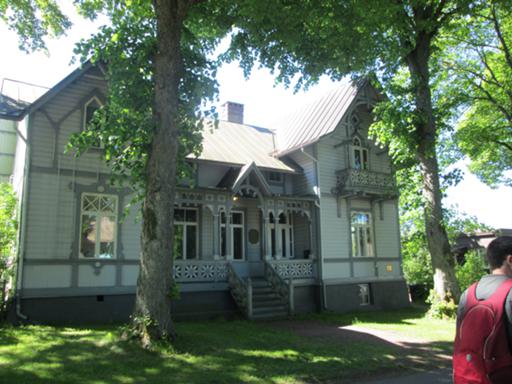
A house by
Hilda Hongell,
Finland's first female master builder (women weren't allowed to be
architects); she brought contemporary Finnish and Russian designs to
Mariehamn. This one's from 1897 or so.
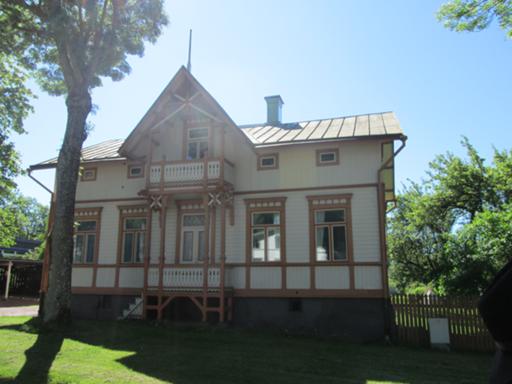
This one's in the traditional style, but I can tell it's more recent
than the 1890s. Why? Well, the town's fortunes were going to be made
by tourism, so a huge spa was built. Nobody set up a hotel, though, so
guests found themselves lodging with the locals. After a bit, houses
were built for the guests to rent; the locals added lots of decorative
features like balconies and verandahs. But they didn't realise that
people actually wanted to use them, so they didn't have access
doors.
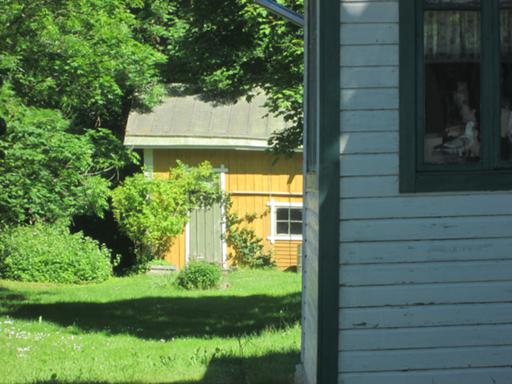
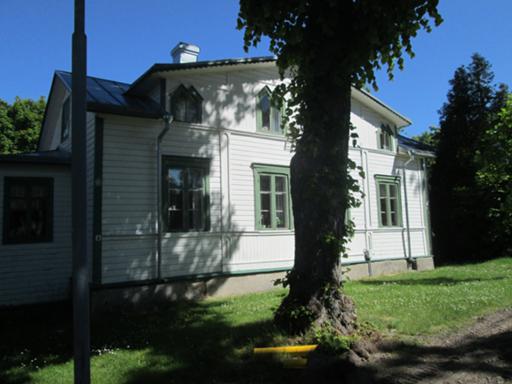
This one's from 1879, and has its original out-house.
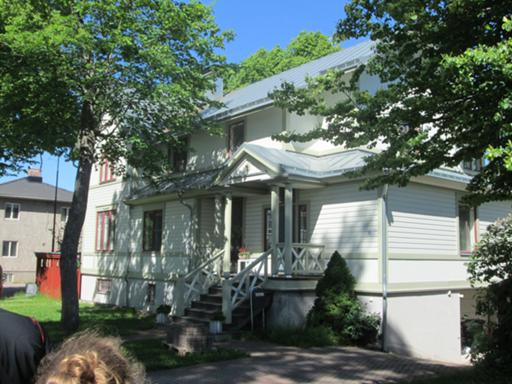
This is actually modern, around five years old, but built in the Hilda
Hongell style.
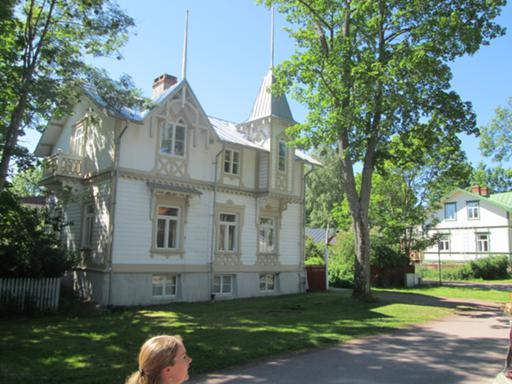
I didn't get a date for this one, but it's in the old style.
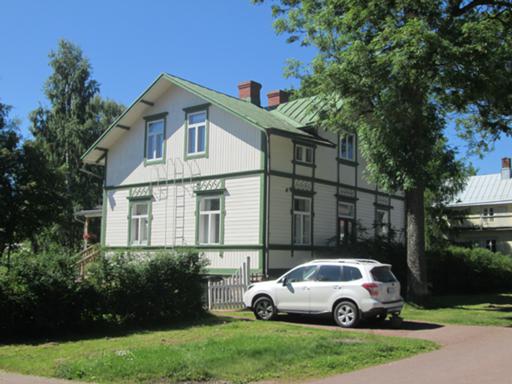
Every house with upstairs sleeping-rooms needs to have a fire escape.
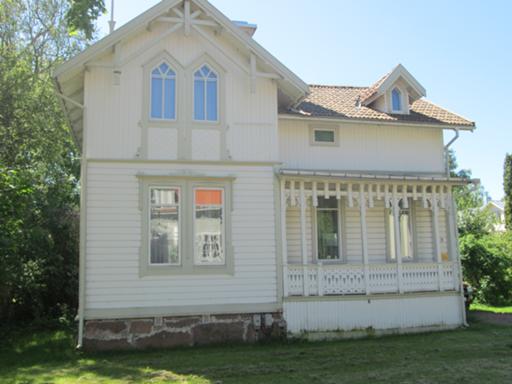
Date unknown, but this shows how the verandah would have been
inaccessible. (It's been modified now with a door on the left.)
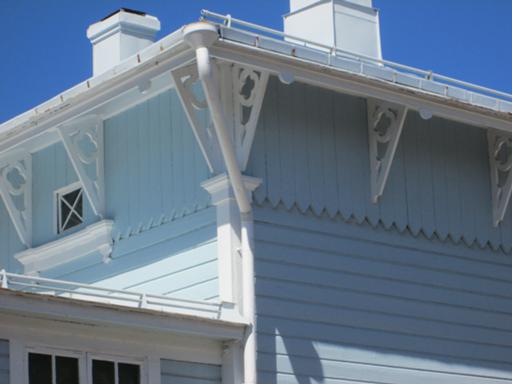
Even many more modern buildings have that "fringe" effect that Hilda
Hongell made her own.
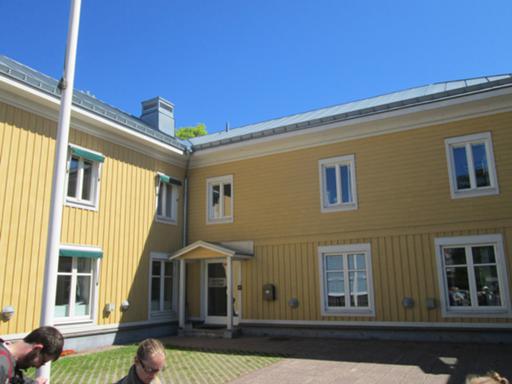
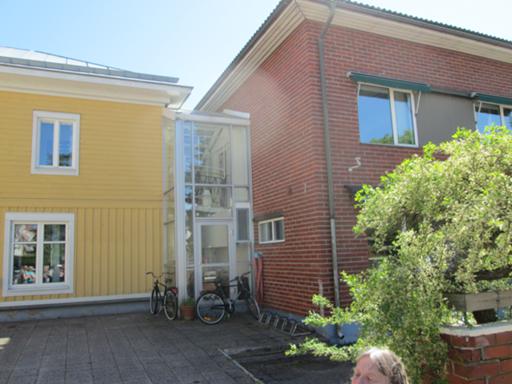
A very modern building, but with a relatively traditional exterior.
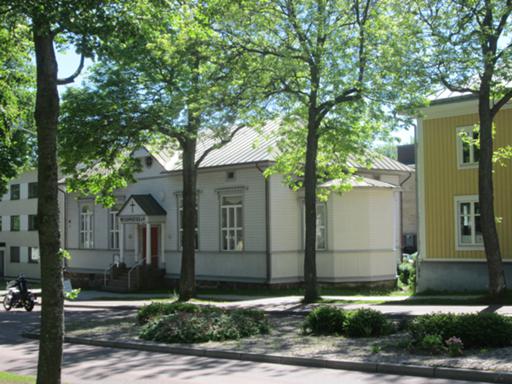
Missionskyrkan, 1897 (Hilda Hongell again).
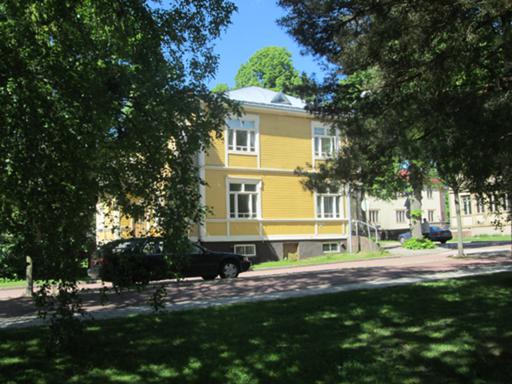
The sort of thing that was being put up in the forties. Apparently
pre-made Sears houses were also popular, though none of them survives
in Mariehamn itself.
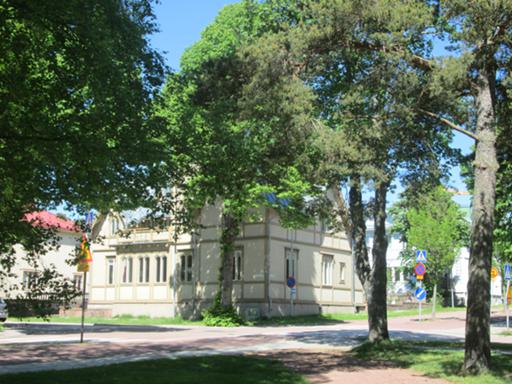
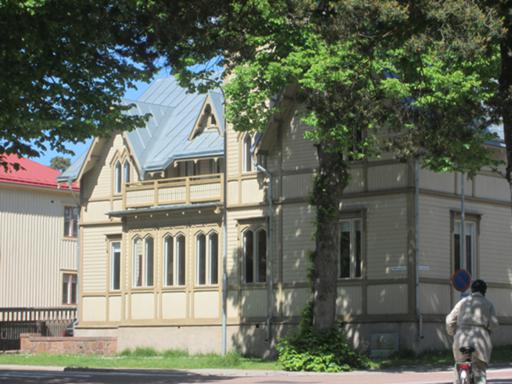
Another Hilda Hongell design, strangely ecclesiastical to my eye.
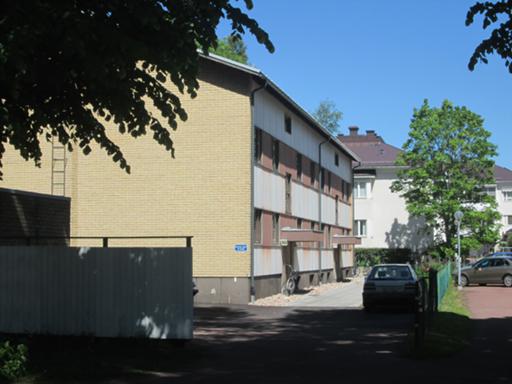
In the 1960s, there was "rehabilitation", and the usual push for
higher density. This meant lots of old buildings knocked down in
favour of concrete boxes. Fortunately this mostly stopped in 1972 when
the oil price shock did bad things to the shipping industry.
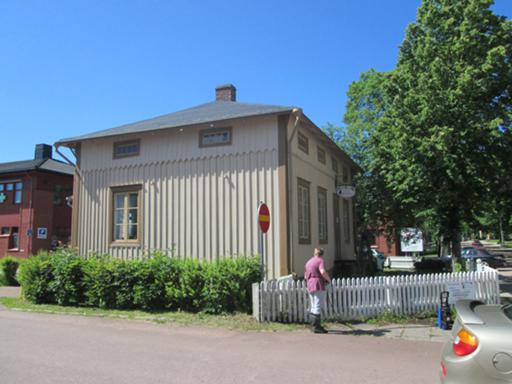
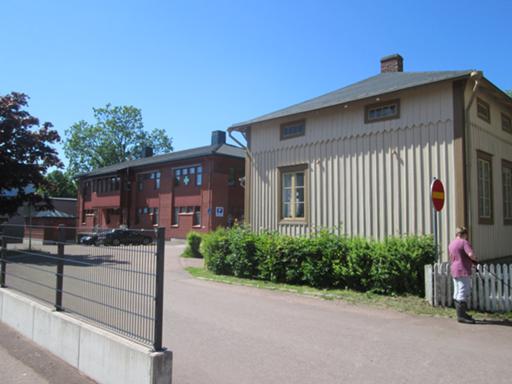
The Black Cat Café, 1883. Legislation allows you to build modern
buildings on a lot if you restore the original building at the front
of it.
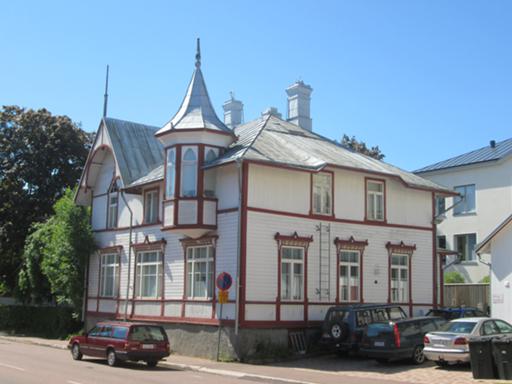
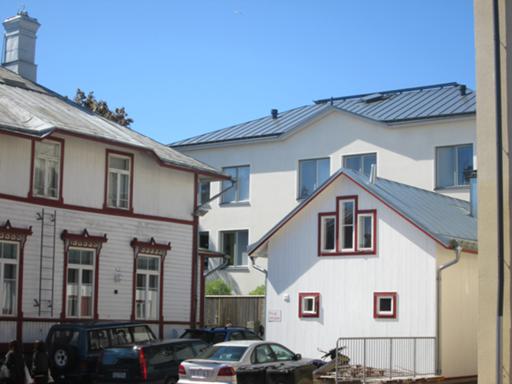
Another example. Lovely house out front, high-density behind.
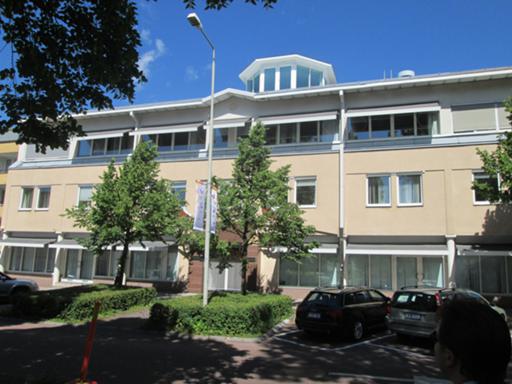
Viking Line headquarters. Built on the tourism boom in the 1980s.
Comments on this post are now closed. If you have particular grounds for adding a late comment, comment on a more recent post quoting the URL of this one.